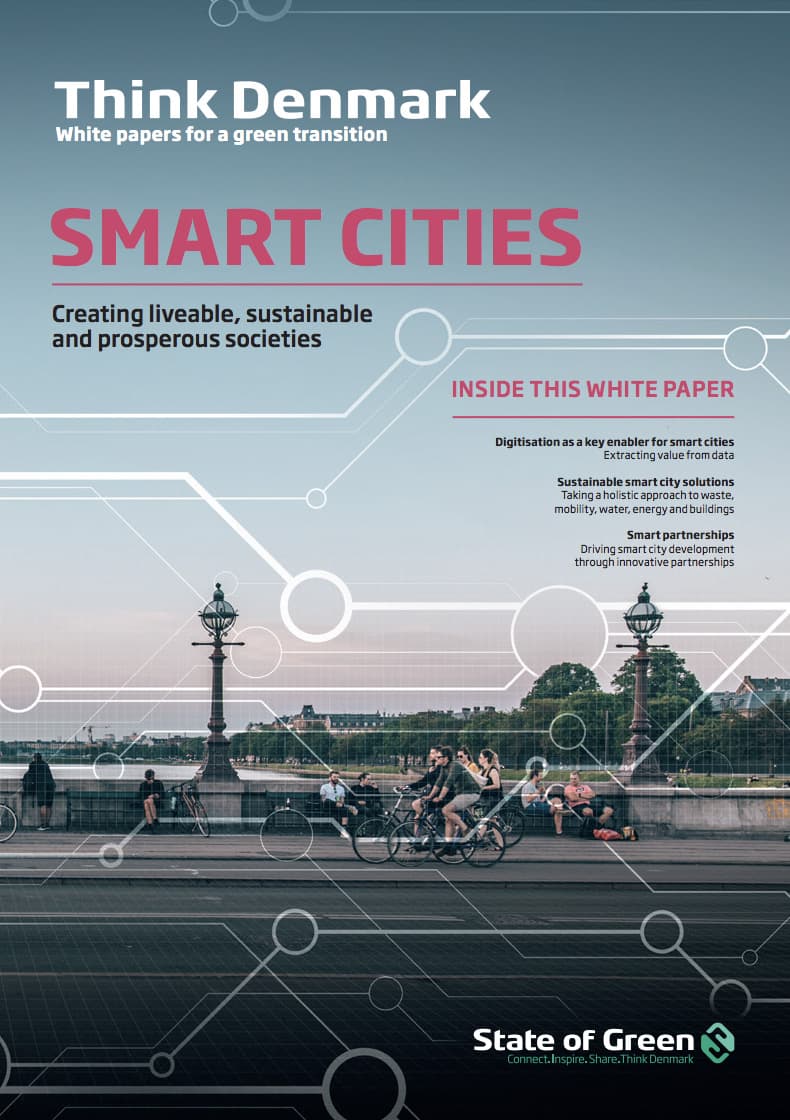Download our publication on smart cities
This article is part of our publication ‘Smart Cities’
Download nowPerspective
Smart cities


Conventional water infrastructure is challenged by urbanisation and climate change while solutions aim at increasing urban liveability and resilience. It is ime to integrate and smarten urban water systems and connect with the broader smart cities agenda.
Urban water systems – for drinking water provision, wastewater collection and treatment, and stormwater management – are key to human health and environmental protection in cities around the globe. They are also challenged by urbanisation, by decades of neglected maintenance and by an increased frequency of floods and droughts due to extreme weather events exacerbated by climate change.
The digital era, however, is currently transforming urban water systems from passive, single-purpose infrastructure elements into active, adaptive and multifunctional units that can respond differently according to the situation and be operated in an integrated manner as part of the broader smart cities concept.
Advanced GIS network databases and hydraulic modelling software allow simulating the performance of the widespread underground pipe networks. Increased use of online monitoring furthermore contributes to smarten network management, through household and district metering and noise logging aimed at detecting leaks in distribution networks, as well as level and flow gauging in sewers aimed at optimising the storage capacity to minimise combined sewer overflows during rain. Increased combined use of IoT-driven, system-wide monitoring and real-time modelling is expected to increase efficiency further.

This article is part of our publication ‘Smart Cities’
Download nowDigital elevation models (DEMs) that reflect the physical features determining water flow at the city surface during cloudbursts and storm surge events, as well as associated software solutions, enable integrated planning and design of climate change adaptation measures. These employ both underground pipe networks and aboveground public amenity areas and traffic ores for water storage and transport. These ’grey‘ infrastructure elements are combined
with ’green‘ and ’blue‘ water sensitive urban design (WSUD) elements. A wave of city-wide monitoring efforts to document performance and optimise operation and maintenance is expected. These should be based on Open Data standards that allow new smart city services to be developed by third parties.
Wastewater treatment plants are increasingly operated with advanced control systems to minimise energy consumption by utilising the biogas potential. With time, they are also expected to minimise GHG emissions and utilise the nutrient content to produce fertilizers. Digital solutions are increasingly used to optimise performance across sectors, e.g. wet-weather control of wastewater treatment plants aimed at temporarily increasing their capacity
to avoid combined sewer overflow and bypass during rain.
The next generation of integrated control is focusing on scheduling the aeration at treatment plants by buffering wastewater in the upstream drainage system to ensure a primary use of renewable energy sources (wind and solar) during dry weather. In both cases, reliable forecasts from weather radars and numerical weather prediction models are used. These will also increasingly be used for scheduling maintenance activities and flood forecasting, which allows for improved mobility services during rain and flooding.
solutions
Combined heat and power production
+6
publications
Combined heat and power production
+9